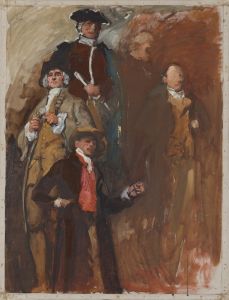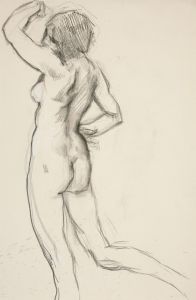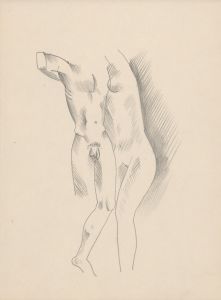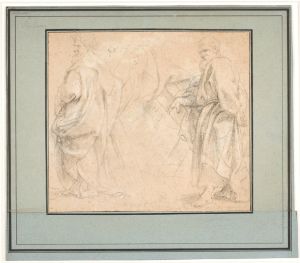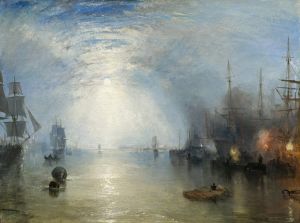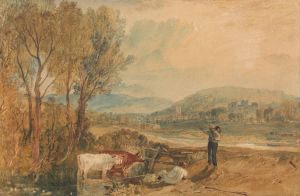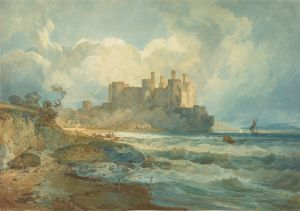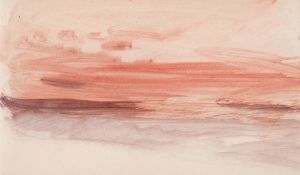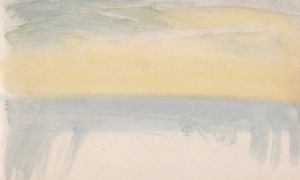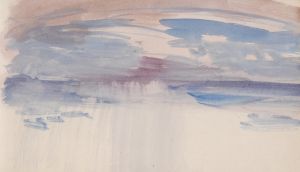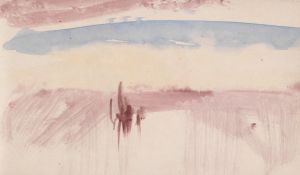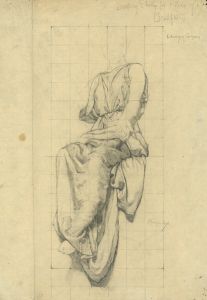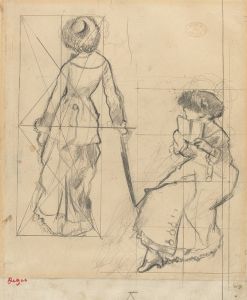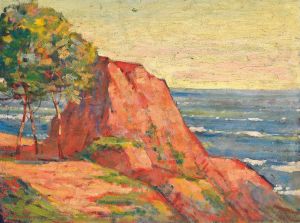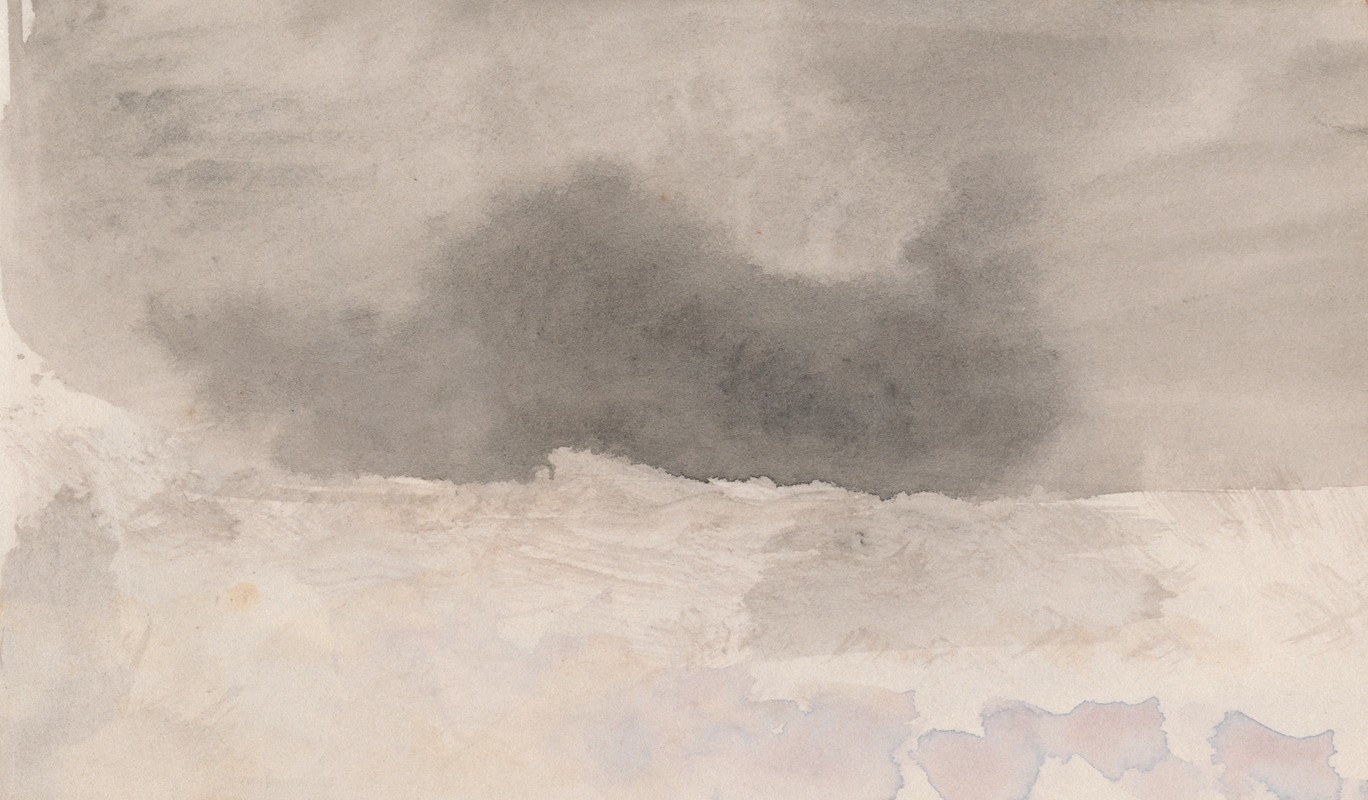
The Channel Sketchbook 38
A hand-painted replica of Joseph Mallord William Turner’s masterpiece The Channel Sketchbook 38, meticulously crafted by professional artists to capture the true essence of the original. Each piece is created with museum-quality canvas and rare mineral pigments, carefully painted by experienced artists with delicate brushstrokes and rich, layered colors to perfectly recreate the texture of the original artwork. Unlike machine-printed reproductions, this hand-painted version brings the painting to life, infused with the artist’s emotions and skill in every stroke. Whether for personal collection or home decoration, it instantly elevates the artistic atmosphere of any space.
Joseph Mallord William Turner, an eminent British artist known for his expressive colorization, imaginative landscapes, and turbulent marine paintings, created a series of sketchbooks throughout his career that offer insight into his artistic process and development. One of these is "The Channel Sketchbook 38," which is part of a collection of sketchbooks housed at Tate Britain.
Turner was born in 1775 and became one of the most renowned landscape painters of the 19th century. His work is often associated with the Romantic movement, and he is celebrated for his ability to capture the sublime power of nature. Turner’s sketchbooks are invaluable resources for understanding his approach to composition, light, and atmosphere.
"The Channel Sketchbook 38" is one of many sketchbooks that Turner used during his travels. These sketchbooks were essential tools for Turner, allowing him to capture scenes quickly and efficiently. They often contain a mixture of pencil sketches, watercolor studies, and notes, providing a glimpse into Turner's working methods and his keen observational skills.
This particular sketchbook, like many others, was used during Turner's travels along the English Channel. The Channel was a significant subject for Turner, who was fascinated by the sea and the effects of light and weather on water. His sketches often depict coastal scenes, ships, and the interplay of sea and sky. These studies were crucial for Turner as he developed his larger, more finished works in the studio.
Turner's sketchbooks are characterized by their spontaneity and fluidity. They reveal his ability to capture the essence of a scene with minimal lines and washes of color. In "The Channel Sketchbook 38," one can observe Turner's mastery of capturing movement and atmosphere, which would later be translated into his larger oil paintings and watercolors.
The sketchbooks also provide insight into Turner's travels and the places that inspired him. They are a testament to his relentless pursuit of capturing the natural world in all its forms. Turner's interest in the Channel and its surrounding landscapes is evident in the numerous sketches and studies contained within this sketchbook.
Turner's sketchbooks, including "The Channel Sketchbook 38," are preserved at Tate Britain, where they are part of the Turner Bequest. This collection was left to the nation by Turner himself and includes a vast array of his works, from finished paintings to preliminary sketches. The sketchbooks are an essential part of this collection, offering a comprehensive view of Turner's artistic journey.
In summary, "The Channel Sketchbook 38" by Joseph Mallord William Turner is a vital piece of art history that provides insight into the artist's process and his fascination with the natural world. Through his sketches, Turner was able to explore and document the dynamic and ever-changing landscapes of the English Channel, which would go on to inform his larger, more finished works. These sketchbooks remain an invaluable resource for art historians and enthusiasts alike, offering a window into the mind of one of Britain's greatest artists.





